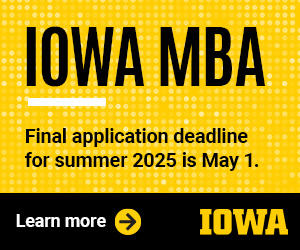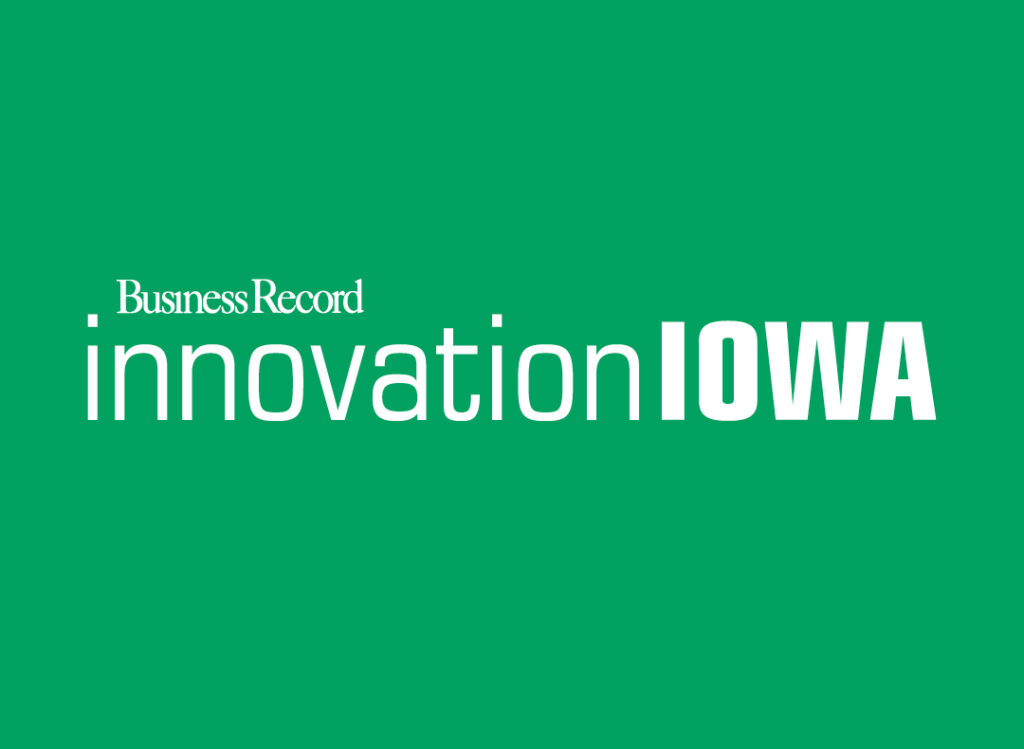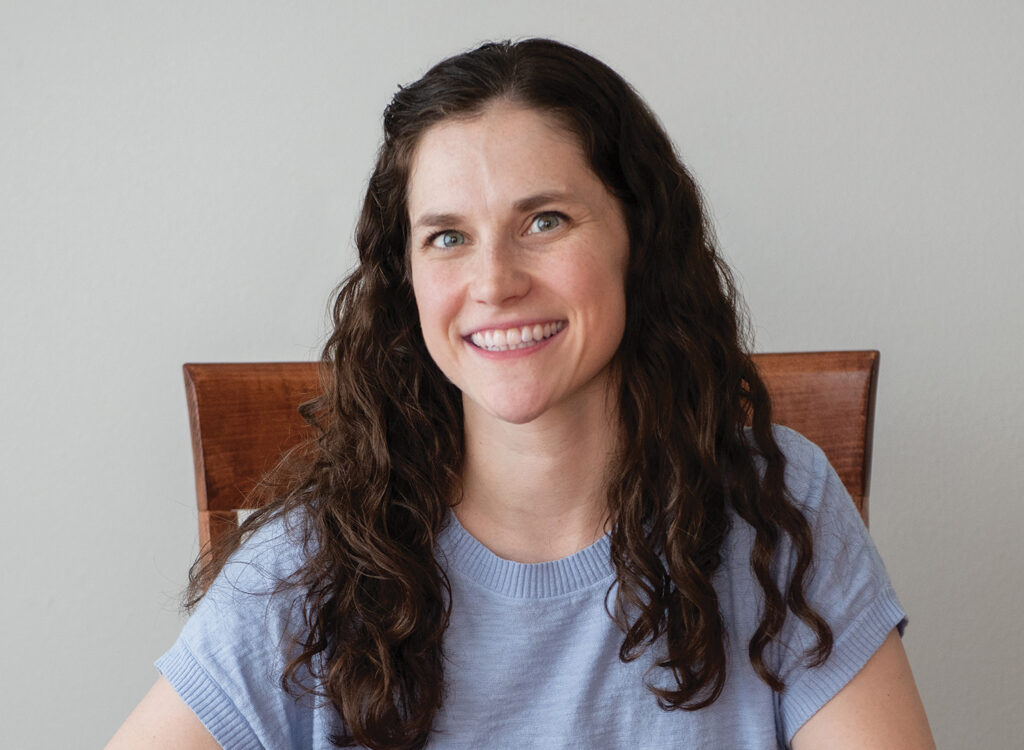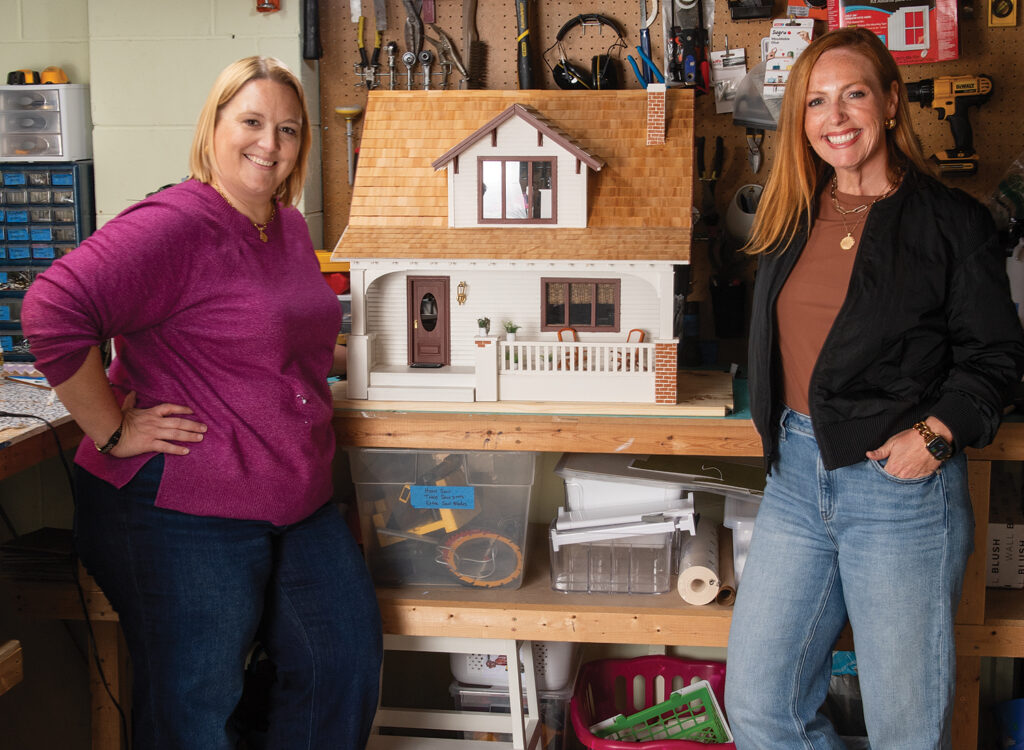Guest Commentary: Maybe try shaking up your teams with an outsider to inspire innovation

Carl Vieregger May 3, 2022 | 7:23 pm
6 min read time
1,520 wordsBusiness Record Insider, Health and Wellness
All good researchers invent questions that we don’t yet know the answers to — then go out and try to find those answers.
Recent strategy research about increasing the organizational impact of creativity and innovation gets to the heart of two related questions that are probably always on your mind:
- Are your teams creatively thinking about solving your customers’ needs?
- Are you inspiring your teams to deliver innovative solutions for your customers’ problems?
In his bestselling book, “Range,” David Epstein quotes Harvard Business School professor Karim Lakhani: “Big innovation most often happens when an outsider who may be far away from the surface of the problem reframes the problem in a way that unlocks the solution.”
My previous column in the Business Record (bit.ly/37viy8b) introduced the bias of expertise distance — we’re much less likely to support ideas, projects and investments that lie outside our circle of competence.
Sometimes, though, according to a new study by Amit Jain and Will Mitchell in the Strategic Management Journal, the best way to wow our customers is by deliberately stepping outside that circle. Or by shaking up our teams, and our own thinking, to bring in the new ideas of an outsider.
Some historical background
At least since Adam Smith described the efficiency of breaking down a pin factory into 18 distinct steps, businesses have been breaking down work into increasingly specialized employee roles.
Grilling burgers is a lot like, say, performing knee surgery in this sense. Given the option, you’re more likely to order a cheeseburger from the line cook who spends their whole shift flipping burgers than from a short-order cook responsible for the whole menu. Likewise for your knee, you’d rather have the doctor who specializes, all day and every day, in knee surgery.
A long line of academic research confirms the wisdom of this intuition: The more specialized an employee, the more productive the employee. Line cooks who specialize on the grill tend to make a fast and delicious cheeseburger. Yum.
You already know, of course, that delivering creative and innovative solutions for your customers is not quite the same as grilling burgers. Measuring the productivity of a line cook is relatively straightforward. It may be more difficult to think about the creative, innovative impact of your teams.
The research by Jain and Mitchell introduced here considers this distinction by looking at 48 years of patent data from scientists and their companies in the U.S. biotechnology industry. The final sample for their study, drawn in part from the U.S. Patent and Trademark Office, is composed of 24,598 scientists within 4,197 organizations who produced a total of 94,716 patents.
Your teams probably don’t consist of Ph.D.s running around in white lab coats, but your employees are certainly engaged in understanding customer needs and delivering innovative solutions to meet those needs.
Not unlike what we would expect from a line cook, the first results from Jain and Mitchell confirm that specialized scientists and teams of specialized scientists are more productive — both are awarded more patents than less-specialized scientists and teams.
As an educator at Drake University, I play a role in training the next generation of specialists. I teach the economics of strategy to accounting majors and data analytics majors and finance majors and marketing majors and … (my Ph.D. from WashU is over-specialized as well). This increasing degree of specialization (even my own) can have downsides, as you have perhaps observed in your own organization.
Jain and Mitchell’s study shows that, ultimately over time, specialized roles can lead to decreases in productivity.
The underlying mechanism of this productivity decline may be related to what social scientists dub coordination challenges. A handful of highly specialized employees won’t work all that well together if they can’t communicate across their barriers of expertise. Another reason might be what academics call the “Einstellung” effect: If your employees only know how to use a hammer, every problem they face will look like a nail. And the simple absence of task variety may also lead to an eventual decline in productivity. Doing the same thing every day is efficient but not necessarily inspiring.
The most important downside of increased specialization in your organization is that it results in less creative and innovative impact for your customers.
In academic research, impact can be measured by the number of times a patent is cited by other scientists’ patents, which in turn are cited by other scientists’ patents; in your business, impact is more difficult to measure.
In your business, impact means developing creative, innovative solutions for your customers. Impact is about wowing the customer, about going beyond satisfying them. Impact is really about asking the questions your customers might ask before they ask them — and that’s the underlying spirit of research.
That’s not to say incrementally productive thinking isn’t vital to your company’s success. We always need to effectively handle routine customer complaints and to efficiently deliver product and service upgrades. The accumulation of organizational skills and knowledge is invaluable.
The more elusive question is how can we inspire our teams to think beyond the routine and the standard? How can we ourselves think more innovatively?
One answer comes from the delightfully titled book by Ozan Varol, “Think Like a Rocket Scientist.”
Hold on, you say: Aren’t rocket scientists super-highly specialized?!
According to Varol, being a rocket scientist isn’t about understanding relativity. It’s about a way of thinking that embraces uncertainty and unknowns. Rocket scientists don’t focus on the simple answers. They first seek to ask the challenging questions no one else is yet asking.
Varol is worth quoting at length here: “Obviously, answers aren’t irrelevant. You must know some answers before you can begin asking the right questions. But the answers simply serve as a launch pad to discovery. They’re the beginning, not the end. Be careful if you spend your days finding right answers by following a straight path.”
If the solution to your customers’ problems is always found along a straight path, they might someday soon not even need what you’re selling.
The title of Rosabeth Moss Kanter’s newest book is “Think Outside the Building.” Her message is that maybe you can’t simply think outside the box anymore — maybe, to deliver creative and innovative impact for your customers, you need to start thinking outside the building.
Jain and Mitchell seek to both ask and answer this question. Their research looks at how changes in team composition — and how changes in the specialization of roles on teams — influence the impact of innovation on those teams.
They find that, even though changes in team structure slow productivity in the short term, those same changes will result in significantly more impact across the organization. Shaking up the structure of your teams by introducing less-specialized employees can lead to higher-impact innovations.
The result is the same for individual team members. Highly specialized scientists produce high-impact innovations when they interact with new, less-specialized team members.
From these results, I would proffer that highly specialized executives (like you) are more likely to generate creative, high-impact innovations when you are willing to interact with people outside your own specific circle of competence.
The best advice for increasing your own and your teams’ innovative impact comes again from Varol, the rocket scientist author: “Pick up a magazine or book about a subject you know nothing about. Attend a different industry’s conference. Surround yourself with people from different professions, backgrounds, and interests. Instead of talking about the weather and repeating other small-talk platitudes, ask, ‘What’s the most interesting thing you’re working on right now?’”
My summary of Jain and Mitchell for you: Maybe thinking “less specialized” can sometimes be “more impactful.”
Another thought for human resource executives: Take a look at your job postings. Are you only seeking to hire specialists strictly defined for your open positions? Or are you maybe willing to interview the liberal arts major who studied, say, Russian literature?
And my final “research” question to prompt something you’re maybe not thinking about: Should you pay for your employees to take classes on baking German breakfast rolls or reading Dostoevsky or, really, anything at all that inspires them?
Pixar pays for these kinds of classes. But Pixar is just a creative company, right?
That’s my point: So are you.
Your customers will pay you for creative and innovative solutions. Maybe think about thinking outside your circle of competence to think about those solutions.
Editor’s note: Carl Vieregger will periodically write for the Business Record about academic research related to business strategy that leaders should be thinking about. Have an idea you’d like Vieregger to look into? Email him at carl.vieregger@drake.edu
Fodder for this piece came from: “Specialization as a double-edged sword: The relationship of scientist specialization with R&D productivity and impact following collaborator change,” by Amit Jain and Will Mitchell, published in the Strategic Management Journal, 2021. bit.ly/36s2PpZ











